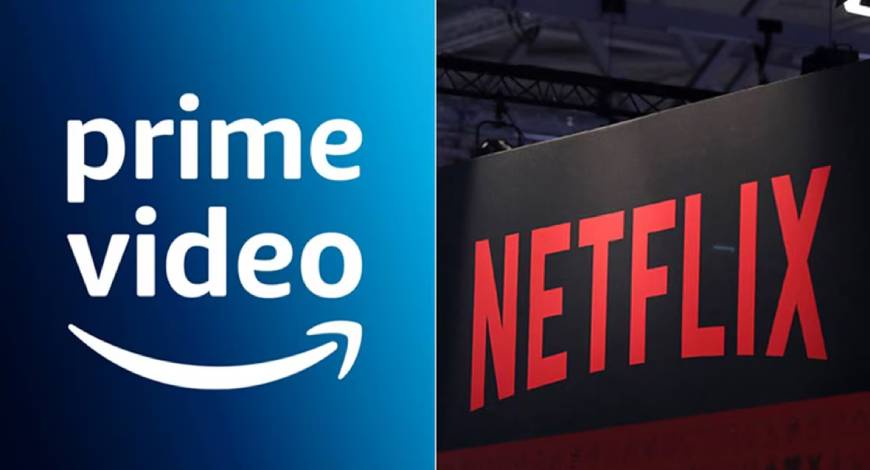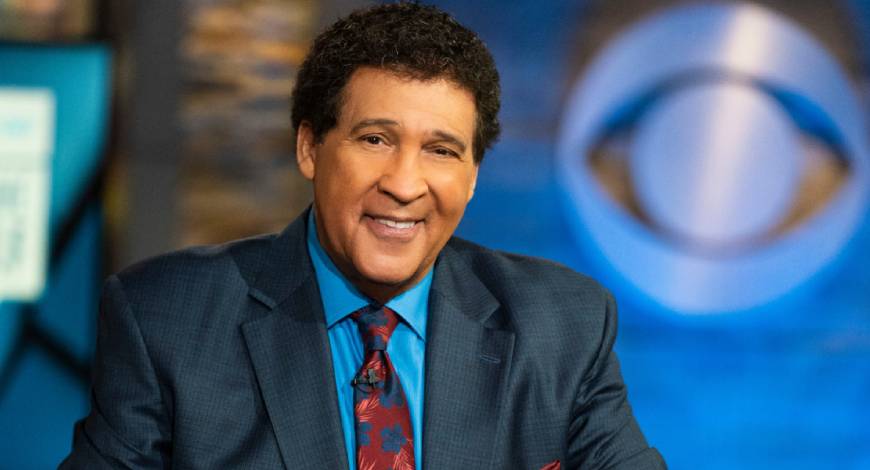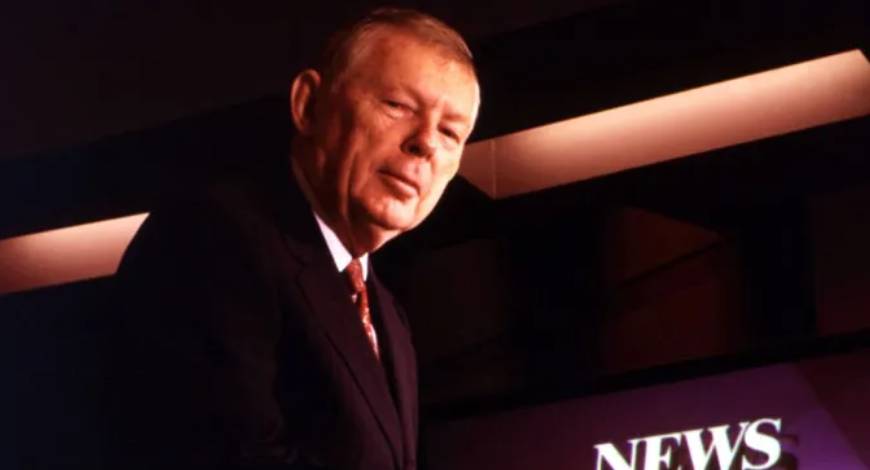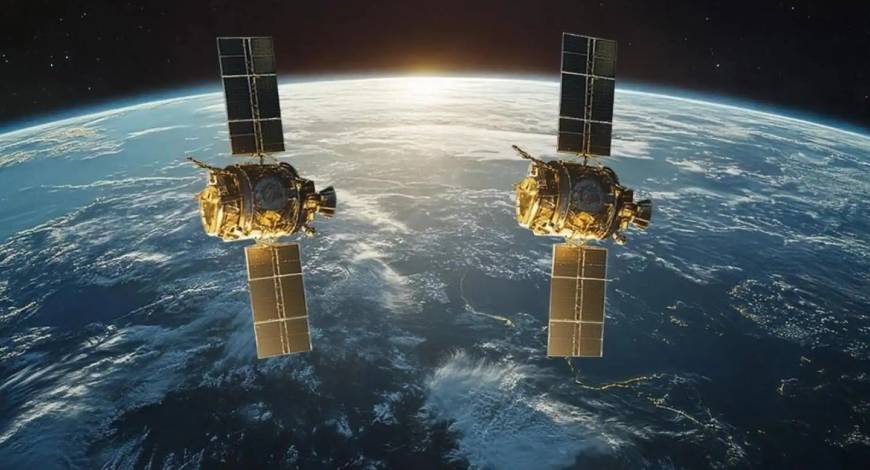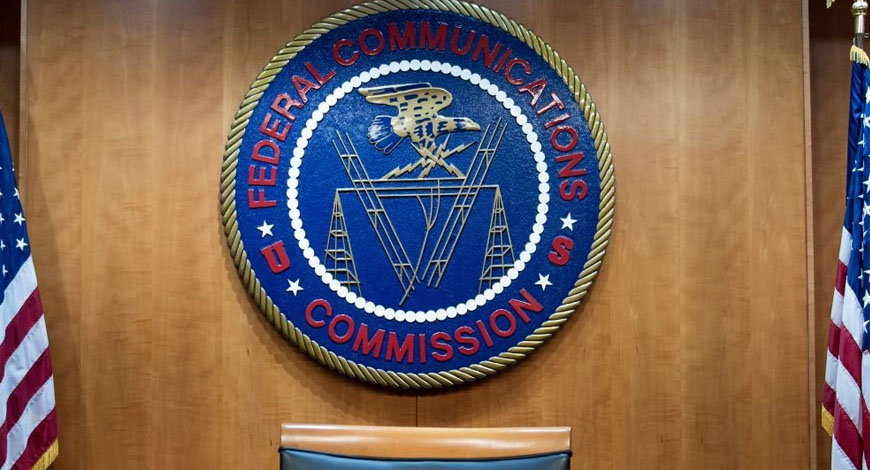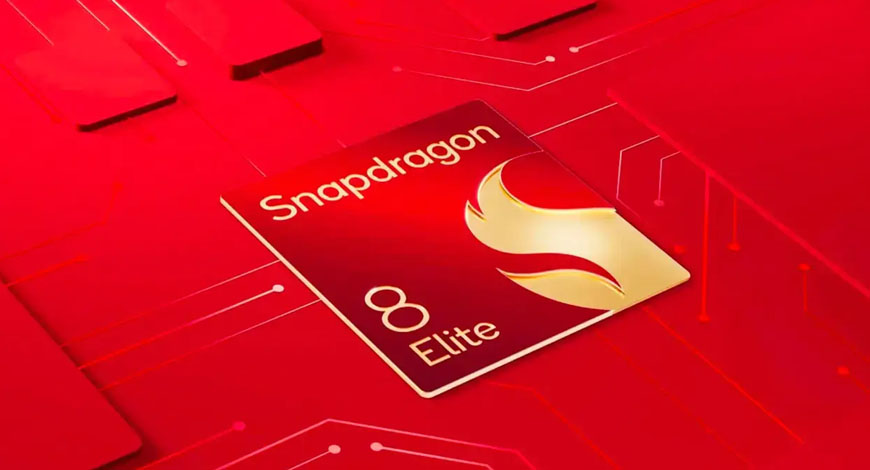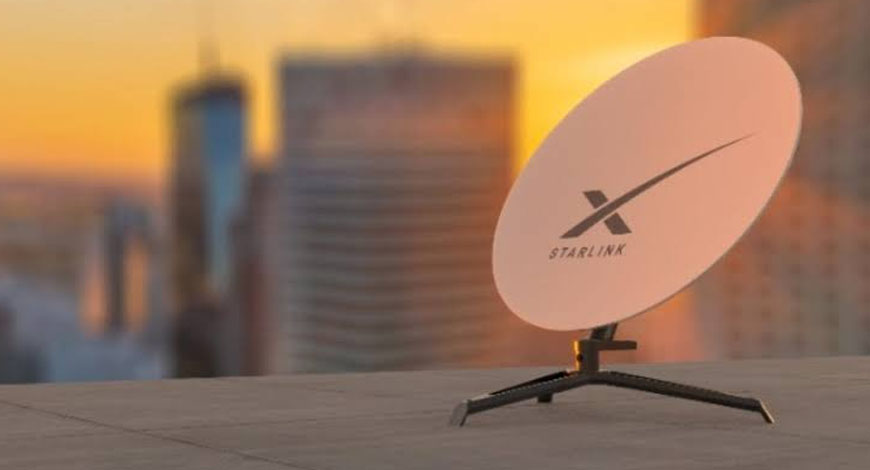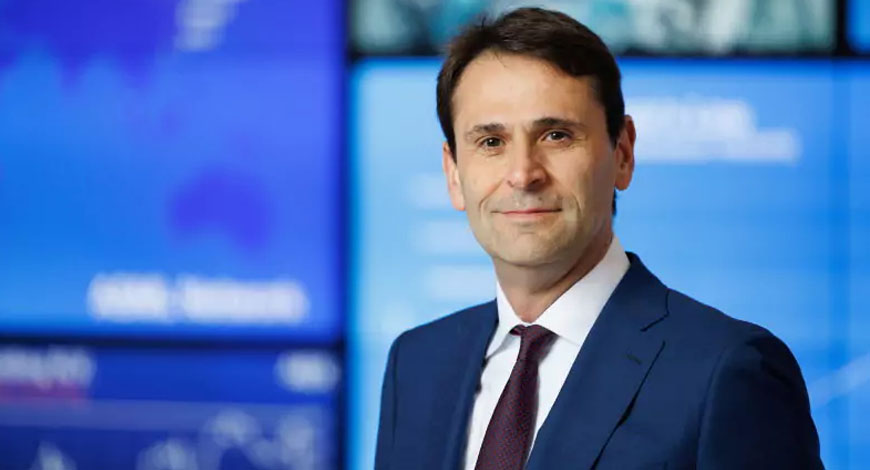Charles Dolan, the astute businessman who created HBO in the early 1970s before transforming a small cable TV business on Long Island into a multibillion-dollar entertainment, sports and telecom empire, has died. He was 98.
Dolan’s family told Newsday, the newspaper that they own, that he died of natural causes, surrounded by loved ones. “Remembered as both a trailblazer in the television industry and a devoted family man, his legacy will live on,” they said Saturday.
The Cleveland-born mogul got his start in the cable business in Manhattan, where his Sterling Manhattan Cable company was awarded rights by New York City in 1965 to wire the lower part of the borough for cable TV service. It was a way to bring reception to places like high rises, where antenna reception was difficult.
It was while building out Manhattan’s fledgling cable business that Dolan came up with the idea to offer exclusive programming through cable TV to try to drum up subscribers. His idea, which he detailed in a memo while vacationing in France in 1971, was to give subscribers access to exclusive movies and sporting events. He subsequently cut a deal with Madison Square Garden to air exclusive New York Knicks and New York Rangers games.
“You couldn’t buy the movies and the games unless you also bought the reception,” he recalled in an interview with the University of Pennsylvania’s Annenberg School in 2013. “We wanted to provide a complete television service.”
His initial idea, which he dubbed The Green Channel, was intriguing to executives at Time Inc., the majority investor in Dolan’s Manhattan cable operation.
The Green Channel was renamed HBO before launch, and Dolan and other executives like Gerald Levin sought out exclusive sporting events and films for it.
“There was a discussion, and the first idea was, ‘Well, let’s call it The Home Box [a slang term for the box that delivered broadcast signals to cable homes],’” Dolan recalled. “Then somebody said, ‘Well, if it’s Home Box and we’re selling movies, why don’t we make it the Home Box Office.’ That’s what it became, and it didn’t take long for that to convert to HBO. Everybody liked that name, and that was the beginning of it.”
Dolan’s Manhattan cable business, however, struggled. According to Felix Gillette and John Koblin’s 2022 book, It’s Not TV, HBO mustered a scant 10,000 subscribers in its first year, a number Levin called “very demoralizing.” Time ultimately bought out Dolan’s stake in HBO in 1974.
But it was after that sale that Dolan made his fortune, bringing cable services to New York suburbs via his Cablevision Systems Corp. Based on Long Island, Cablevision offered service in most of the city’s fast-growing suburbs to the east, north and west before expanding into such other markets as Boston, Cleveland and Chicago.
At Cablevision, Dolan and his family tried to replicate their success with HBO, launching a movie-focused channel in 1984 called American Movie Classics. AMC and its sibling channels operated under the Cablevision-owned Rainbow Media banner, which it subsequently spun off and now operates as AMC Networks Inc.
In 1994, Cablevision acquired a 50 percent stake in Madison Square Garden, which included the namesake arena as well as the NBA’s Knicks and NHL’s Rangers, from Viacom for a reported $1.1 billion, and it acquired the other 50 percent three years later for $650 million.
Dolan and Cablevision launched, bought and sold a variety of businesses over the years, including SportsChannel, the first regional sports network in the U.S., as well as the New York-based theater chain Clearview cinemas. Cablevision also acquired the electronics retailer The Wiz in 1998 and at Dolan’s urging purchased Long Island-based Newsday in 2008 in another $650 million deal.
In 2015, Charles and the Dolan family agreed to sell Cablevision to Patrick Drahi’s European telecom giant Altice for $17.7 billion. AMC Networks and Madison Square Garden continue to be owned by the Dolan family, with Charles’ son James Dolan running those businesses.
“The impact he made on the media, sports, and entertainment industries, including as the founder of Cablevision and HBO, is immeasurable,” said a statement on behalf of MSG Entertainment, MSG Sports, and Sphere. “His life was a testament to the importance of innovation, generosity, and hard work, and his legacy will live on in the industries he pioneered, the communities he served, and the memories of those who love him. Our thoughts are with the entire Dolan family and the countless people Mr. Dolan influenced throughout his remarkable life. We do not expect this to directly or indirectly change ownership by the Dolan family.”
Charles Francis Dolan was born in Cleveland on Oct. 16, 1926. His father, David, was an inventor; Gillette and Koblin noted that he came up with an early prototype of the automatic transmission for automobiles.
“When I learned how to drive,” Dolan said, “it was in a car that didn’t have a clutch. I’d pull into a gas station and the attendants would just be amazed.”
While attending Cleveland Heights High School, he got $2 to write a weekly column for the Cleveland Press about Boy Scout activities, and that led to him appearing on a radio program. He then served with the U.S. Air Force and studied at John Carroll University in University Heights, Ohio, before dropping out to pursue an interest in telecommunications.
With his wife, Helen, whom he married in 1951, he launched a sports-reel business, sending prints of a “Game of the Week” to TV stations around the country in a syndication deal.
He moved to New York to produce for the syndication company Telenews, then joined Sterling Television, which he eventually bought with a partner. Sterling helped its clients reach their target audiences with films, usually by showing them at conventions held in New York.
One early deal he did with Sterling was buying cable rights to Knicks and Rangers playoff games in 1968 for $24,000.
“All the home games were blacked out,” he said. “The broadcast stations didn’t carry them because the Garden was worried about jeopardizing box office receipts. But our circulation was so modest in Manhattan that they were willing to make a deal.”
While his fortune was made by providing TV and internet services, his time launching HBO continued to stick with him. When asked by the University of Penn interviewers if if he had ever thought about its sale to Time, he replied, “Every day … I’ve never really felt that much apart from HBO.”
“Charles Dolan was a visionary creative, an extraordinary business leader and a great friend whose creation of HBO forever changed the quality and prestige of storytelling on television,” Warner Bros. Discovery CEO David Zaslav said in a statement. “His impact continues to be felt today at HBO, Warner Bros. Discovery and across our entire industry. He will be deeply missed. We send our condolences to the entire Dolan family.”
Dolan is survived by six children, including James Dolan (and his wife, AMC Networks CEO Kristin Dolan) and Patrick Dolan, who runs Newsday. His brother, Larry Dolan, is the principal owner of baseball’s Cleveland Guardians. His wife died in August 2023 at 96. The Hollywood Reporter
